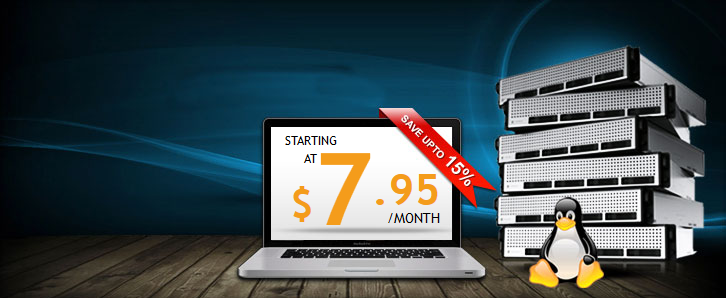If you own a website, it’s imperative that you constantly monitor it like a hawk. You need to monitor things like the performance of each page, how it responds to users, and of course, its up-time. In other words, you need to make sure that your website is behaving the way it’s supposed to.
The last thing you would want is for users to repeatedly end up in your website while it’s down or not responding properly (e.g. slow loading times, missing or unavailable features, etc.). You could lose potential customers that way, which translates to revenue loss. So it’s important that you keep your website running as smoothly as possible 24/7.
To do that, you need the help of website monitoring tools, which generally fall into two types: synthetic and real user. You can’t exactly watch over your precious website without the proper equipment, right? It would be like going stargazing without a telescope or guarding a watchtower at night without any light source.
Synthetic monitoring
Synthetic monitoring tools are monitoring tools that emulate end users. They are programmed to “behave” like real users and try to do what real users typically do on your website – like accessing different pages, filling up website forms, and checking out with a shopping cart. Synthetic monitoring tools continuously perform simulated user activities over a set interval.
The ultimate goal is to identify and deal with issues or problems before real users experience them. A preemptive strike, if you may. Synthetic monitoring tools also allow you to prepare your website for peak times. If found that a certain area isn’t properly optimized for a huge traffic jump, you can immediately attend to it.
Another positive to synthetic monitoring tools is that you can you can use them to test a new feature before ultimately activating it for public access. Plus, you can deploy these tools anytime. Even during hours when real users don’t usually visit your website.
However, since synthetic monitoring tools are basically robots programmed to copy humans (sort of), they can’t replicate human behavior with 100 percent accuracy. They will run into trouble when up against a complicated website with unusual features or processes.
Real user monitoring
Real user monitoring (RUM) tools are the opposite of synthetic monitoring tools. Instead of using simulated user interactions, they use actual traffic from real users to come up with data to analyze. RUM tools monitor exactly how users interact with your website. Like which pages they frequently access or how they deal with transactions.
RUM tools also monitor how your website holds up during peak hours when traffic is higher than normal. This gives you accurate data on how your website really behaves out in the wild, so to speak. However, unlike synthetic monitoring tools, RUM tools can’t really produce useful data during off-peak hours. Because, well, there are not enough real users to draw data from.
Another notable difference between synthetic and RUM tools is that the former gives you a better chance of resolving issues before real users encounter them. Since RUM tools are essentially useless during off-peak hours, you won’t be able to continuously run check-ups for potential issues.
The best way to monitor your website is to deploy both synthetic monitoring tools and RUM tools. It will give you the best chance to react in a timely manner to issues and problems and to make sure your website is always running smoothly.
Need help or additional information? Contact us today.


